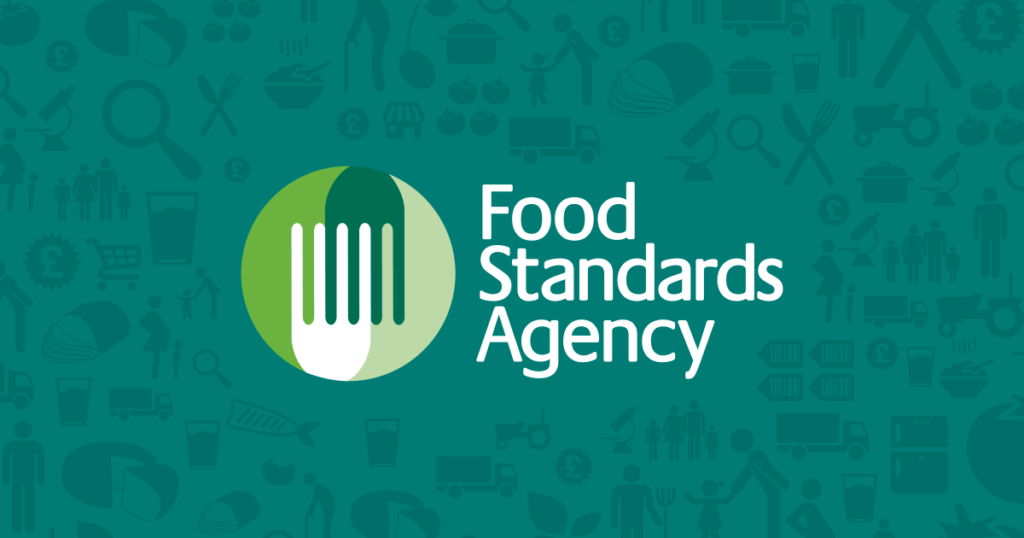Blockchain technology works with a decentralized network. This unique model of operation means that Blockchain applications can cut across several fields. Today, Blockchain is disrupting different fields and industries, including banking, betting, music distribution. For context, it is possible for the global banking sector to save up to $12 billion annually with Blockchain technology.
In the same vein, governments across the globe are not left behind. In 2018, the UK’s Food Standards Agency (FSA) successfully completed a pilot program that involved using blockchain technology to track meat distribution. Its application as a regulatory tool is also being explored by the HM land registry. Even the Department of Homeland Security in the US is finding new ways to ensure cybersecurity with Blockchain.
One industry that it’s yet to make its mark is environmental sustainability — for now. Blockchain technology can be used to address the governance challenges faced in the field of environmental sustainability. The importance of keeping the environment in the best possible shape cannot be overstated. After all, it’s the only one we’ve got. However, when it comes to environmental sustainability, there are a few problem areas that have to be defined. Similarly, in the management of natural resources, there are many questions that have to be answered.
Will users, as well as governments, be able to respect certification before using an environmental resource? Most companies claim reduced environmental footprints and significantly fewer carbon emissions. Can this information be verified? The answers to these questions can be reached by exploring the capabilities of the Blockchain application.
Environmental Sustainability With Blockchain Application — This Technology Can Provide The Answers
With the inherent digitization and provision of a trustworthy record, Blockchain technology can empower stakeholders in the field of environmental sustainability. More importantly, it can vastly boost current intermediation models, giving an increased range of business to every entity on the environmental supply chain.
In terms of purchasing decisions, Blockchain technology can be a tool to reinforce entitlements, allowing stakeholders to understand and verify who owns what. Furthermore, environmental sustainability is all about increasing the production of clean energy.
With the versatility of Blockchain application, it is possible to synthesize the technology with devices that can accurately measure clean energy production rates. Also, carbon emission can be monitored via a verifiable record, a scenario that will keep the major environmental players on their toes. Finally, as a system of payment, its easy usage, and widespread application means Blockchain can be an important cog in the incentivization of positive environment sustainability endeavors.

In the end, preparing for such major changes involves partnering with a service capable of realizing the full potential of Blockchain technology in the new 5G era. These solutions include data privacy, prevention of data tampering, and the possibility of customizing Blockchain technology for a wide range of applications.
More importantly, it is vital to get started now. With worldwide spending on Blockchain applications estimated to reach $15 billion by 2023, the pricing for the technology is bound to go up.
DappWorks offer practical Blockchain-based solutions regardless of the industry. Their top services also include the provision of an industrial frontrunner in the form of an IoT Blockchain framework, Dappley (a framework that makes Blockchain customization easier). More importantly, in Dec 2019, Dappworks, as a China Unicom 5G Blockchain partner, released Unicom environmental data auditing Blockchain. This auditing system is designed to handle, secure, and verify company environmental data. Getting ahead of the curve in terms of environmental sustainability using cryptographic security is possible. Click here to get started with Dappworks.


